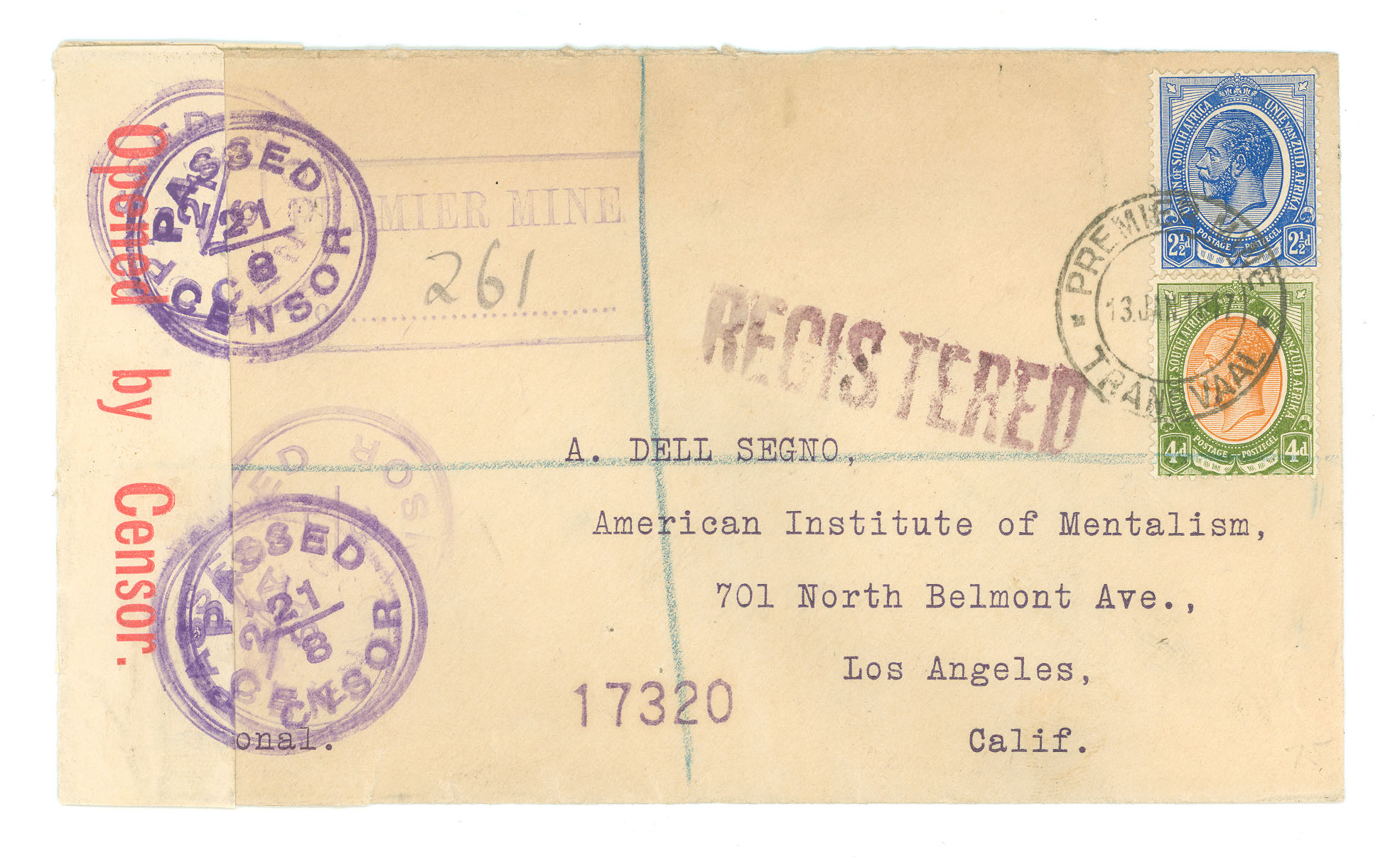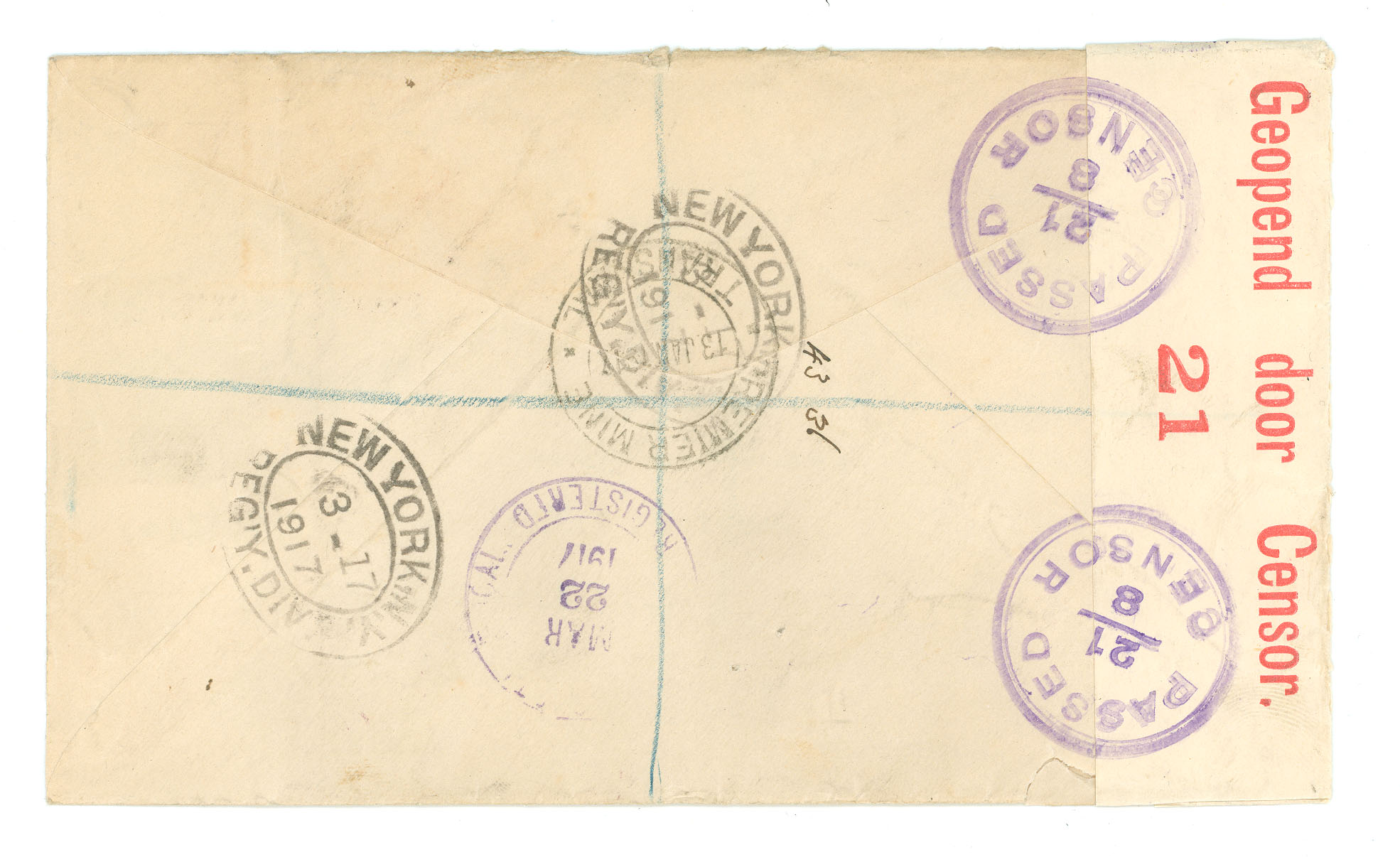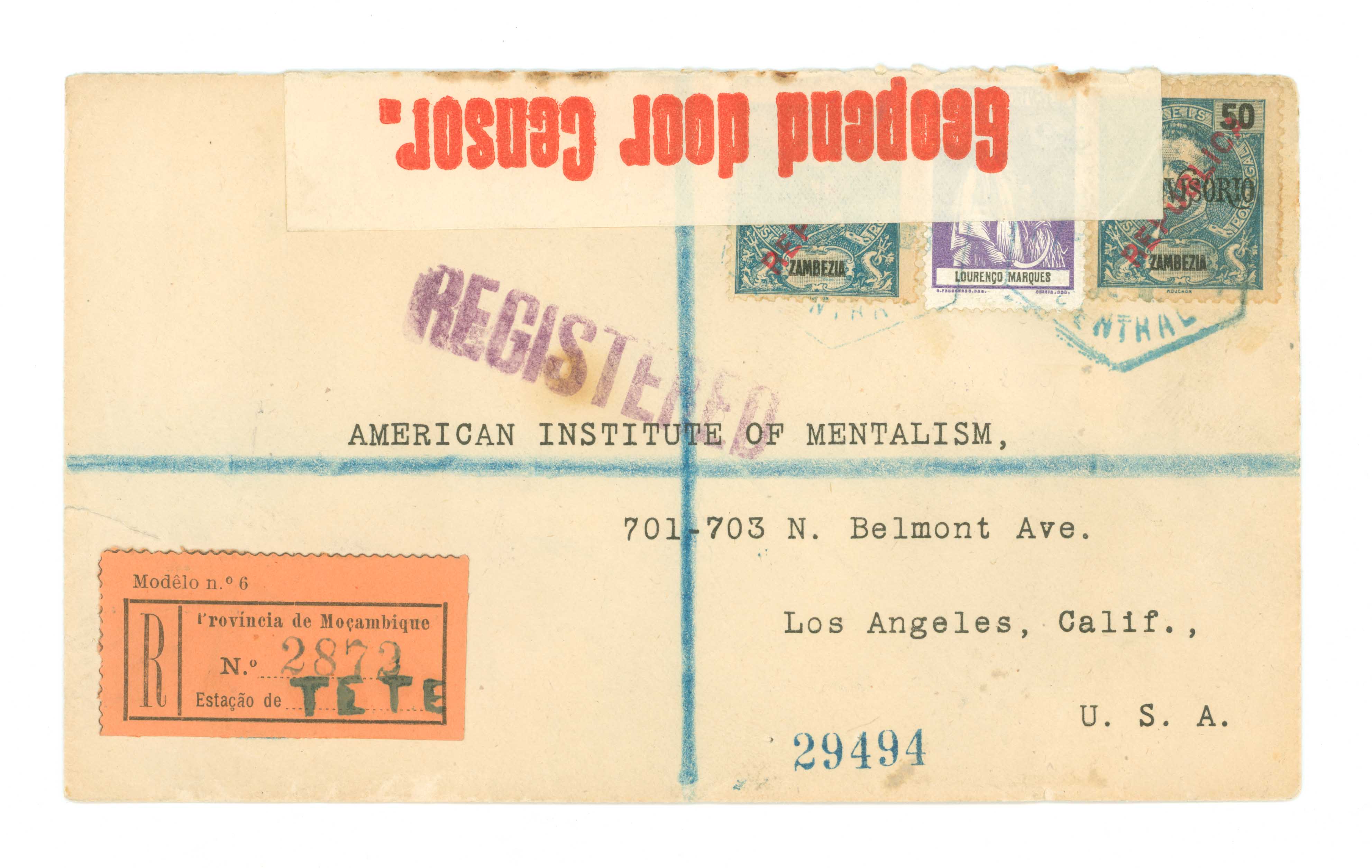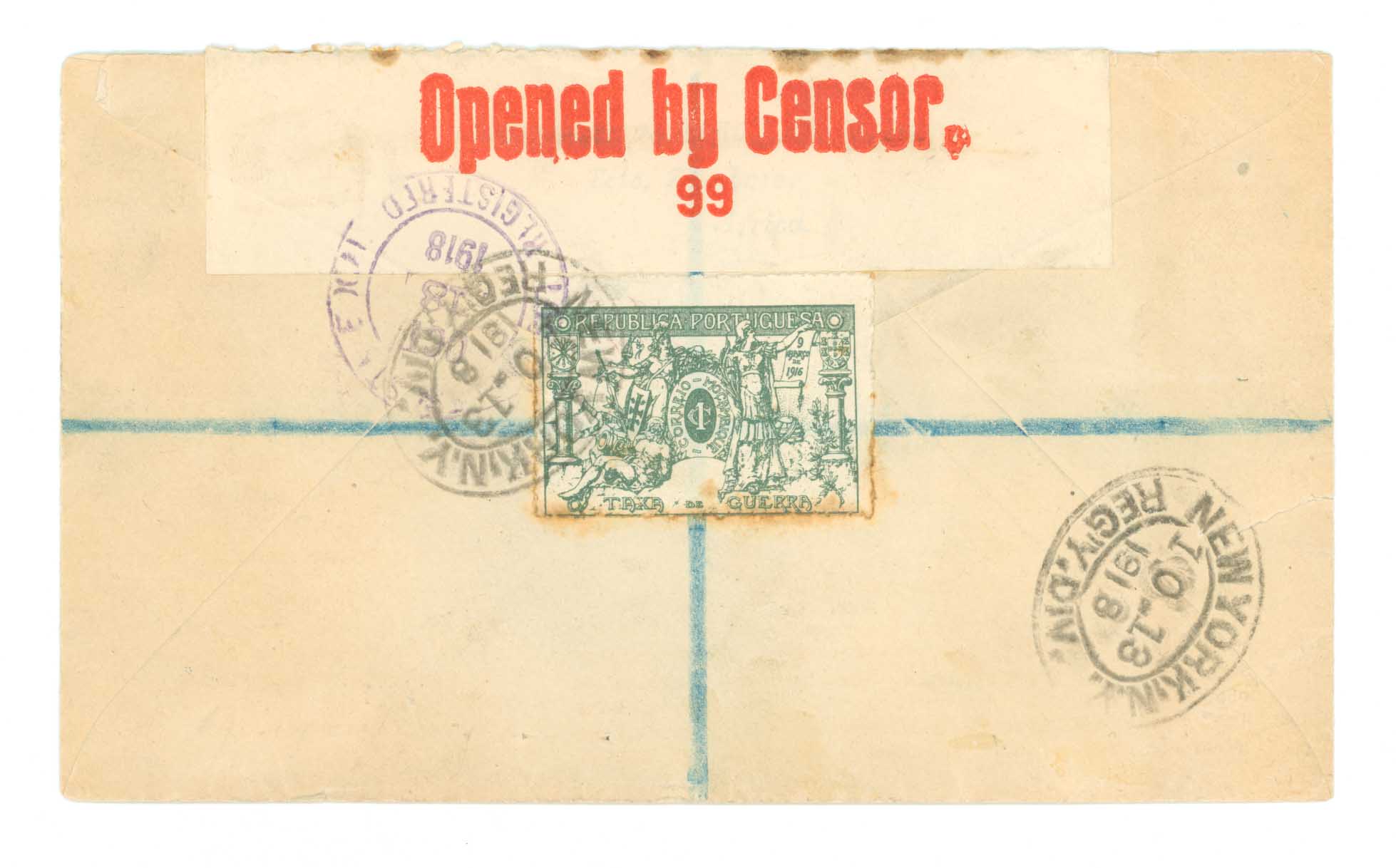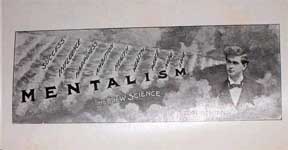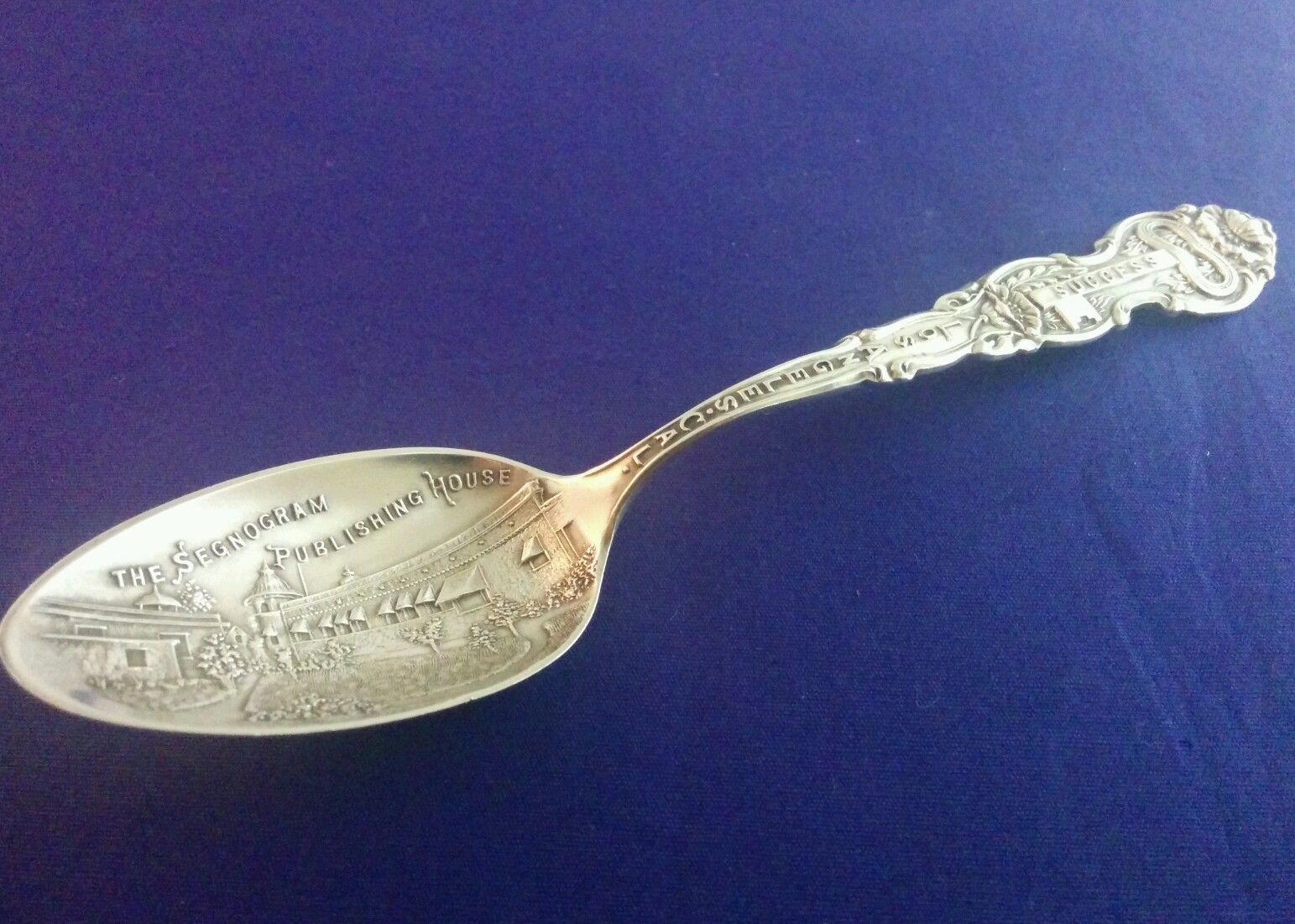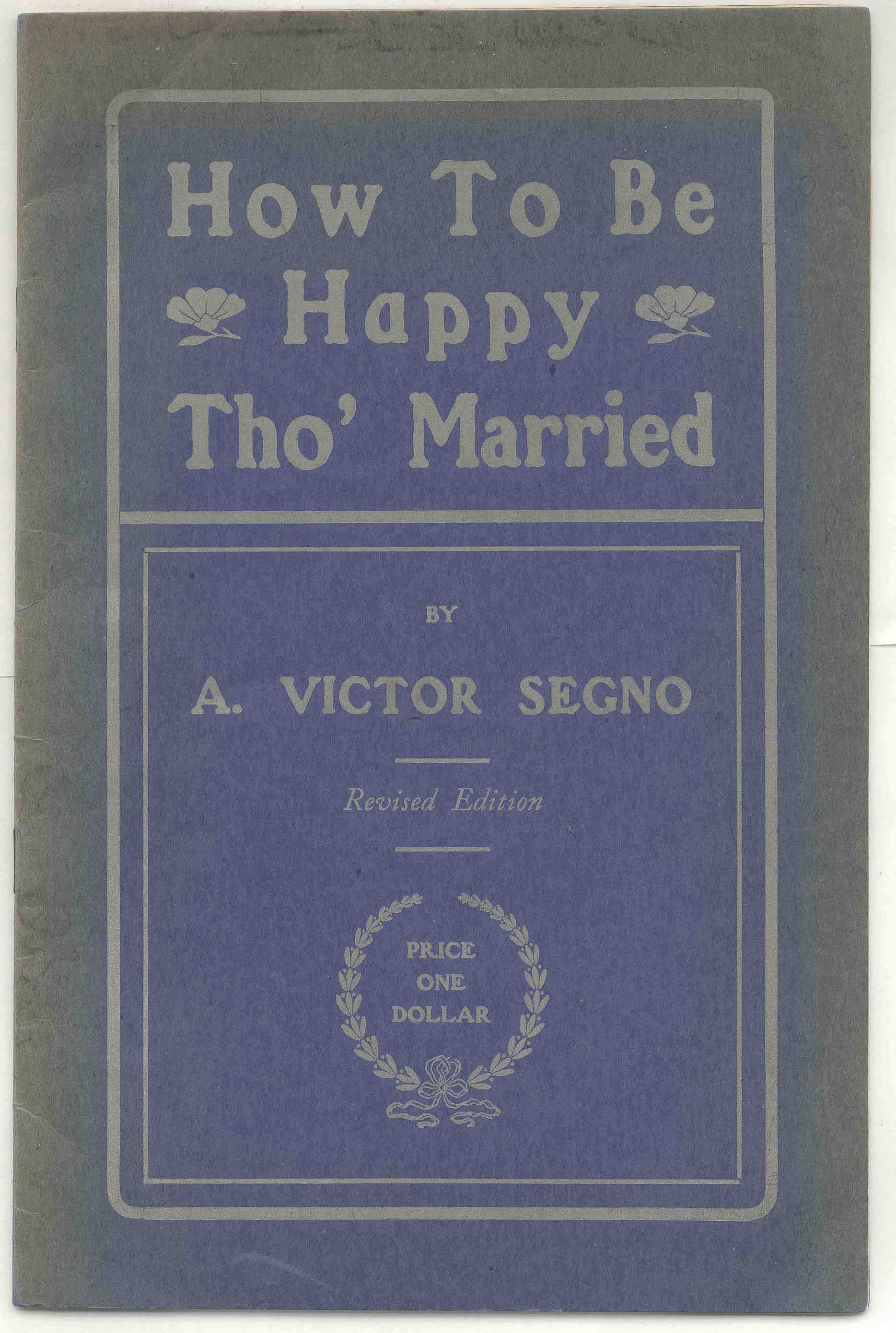South African Dual Language Censor Tapes During the World War I ERA
Quote from edjjg@alum.mit.edu on April 25, 2022, 2:27 pmI have in my possession two covers, the first from Premier Mine, Transvaal and the second from Tete, Mozambique, that bear a dual language South African censor tape from the World War I period. Can anyone provide information on the cities that used these tapes and the period in which they were used? All information appreciated.
Ed G.
I have in my possession two covers, the first from Premier Mine, Transvaal and the second from Tete, Mozambique, that bear a dual language South African censor tape from the World War I period. Can anyone provide information on the cities that used these tapes and the period in which they were used? All information appreciated.
Ed G.
Uploaded files:Quote from Jamie Smith on April 25, 2022, 2:42 pmEd, Just to say welcome to the site and say thank you for posting. Steve will probably be the first to come on line and then let us see what answers come in.
Jamie.
Ed, Just to say welcome to the site and say thank you for posting. Steve will probably be the first to come on line and then let us see what answers come in.
Jamie.
Quote from Steve on April 26, 2022, 8:24 amThis is not an area in which I have much knowledge. So, sorry, my advice must be of a general nature until someone who specialises in the subject can give a definitive reply. I have written this after examining covers of my own.
First, from your description of these as 'Censor Tapes', I guess you are in the USA where naming conventions can be different sometimes. Most South African and British collectors refer to these as 'Censor LABELS'. This distinction might help you find more info when searching on-line.
Both are lovely and desirable covers, one showing the King's Head stamp at the registered rate (4d Registration plus 2½d overseas surface postage to the USA - there was no airmail service in 1917), the other showing what is probably a philatelic grouping of a variety of Portuguese East Africa / Mozambique stamps sent at what I presume is the Portuguese Registered rate via South Africa (and its wartime censor system) to the USA.
Your questions are "what period were they used in?" and "what cities used these tapes?".
The period was the First World War, 1914 - 1919 when it officially ended. I am unsure when the use of Censor labels began but it continued for some time after the Armistice in November 1918. I have a SWA cover censored in WINDHUK with Censor Label 100 on 30th October 1919, some three months after the Treaty of Versailles that officially ended the war on 28th June 1919. I have none after 30th October. I guess Censor Labels were discontinued roundabout this time. Their use may have been discontinued in SA sooner than GSWA which was enemy territory.
'Censor Label 99' was used in Cape Town. My SWA display has a cover sent from OKAHANDJA to SWITZERLAND that was sealed in Cape Town in 1916 with Censor Label 99. (At this time SWA overseas mail was routed via Cape Town.)
I have a cover in my KING'S HEAD display sent from CAPE TOWN 'JAN 15 1918' to SWEDEN. This cover has been sent at a 2½d rate cancelled with Cape Town / Kaapstad’s Rounded Bilingual Wide 5-Bar MC. It has been censored with Passed Censor C. 11 single circle cachet in blue / black ink and sealed with Censor label 99. Despite the absence of a Paquebot mark, my guess is that your PEA cover probably travelled by ship from TETE to Cape Town where it was censored and registered before entering the SA overseas registered mail postal system for delivery to the USA.
Censor Label 21 was most probably used in Johannesburg. I have two covers from JO'BURG that show such use there. One is dated 9th May 1919 and censored with large Passed Censor C. 21/2 single circle cachet in blue ink while the other of 20th July 18 is censored with large Passed Censor C. 21/1 single circle cachet in purple ink. Both are sealed with Censor Label 21. As stated, I am no expert..... please, more expert advice on this subject will be appreciated.
Whatever was the "American Institute of Mentalism"? The address reminds me of the psychic who went to the newsagent to buy his weekly copy of the 'Psychic News' but unfortunately when he got there they were sold out!
This is not an area in which I have much knowledge. So, sorry, my advice must be of a general nature until someone who specialises in the subject can give a definitive reply. I have written this after examining covers of my own.
First, from your description of these as 'Censor Tapes', I guess you are in the USA where naming conventions can be different sometimes. Most South African and British collectors refer to these as 'Censor LABELS'. This distinction might help you find more info when searching on-line.
Both are lovely and desirable covers, one showing the King's Head stamp at the registered rate (4d Registration plus 2½d overseas surface postage to the USA - there was no airmail service in 1917), the other showing what is probably a philatelic grouping of a variety of Portuguese East Africa / Mozambique stamps sent at what I presume is the Portuguese Registered rate via South Africa (and its wartime censor system) to the USA.
Your questions are "what period were they used in?" and "what cities used these tapes?".
The period was the First World War, 1914 - 1919 when it officially ended. I am unsure when the use of Censor labels began but it continued for some time after the Armistice in November 1918. I have a SWA cover censored in WINDHUK with Censor Label 100 on 30th October 1919, some three months after the Treaty of Versailles that officially ended the war on 28th June 1919. I have none after 30th October. I guess Censor Labels were discontinued roundabout this time. Their use may have been discontinued in SA sooner than GSWA which was enemy territory.
'Censor Label 99' was used in Cape Town. My SWA display has a cover sent from OKAHANDJA to SWITZERLAND that was sealed in Cape Town in 1916 with Censor Label 99. (At this time SWA overseas mail was routed via Cape Town.)
I have a cover in my KING'S HEAD display sent from CAPE TOWN 'JAN 15 1918' to SWEDEN. This cover has been sent at a 2½d rate cancelled with Cape Town / Kaapstad’s Rounded Bilingual Wide 5-Bar MC. It has been censored with Passed Censor C. 11 single circle cachet in blue / black ink and sealed with Censor label 99. Despite the absence of a Paquebot mark, my guess is that your PEA cover probably travelled by ship from TETE to Cape Town where it was censored and registered before entering the SA overseas registered mail postal system for delivery to the USA.
Censor Label 21 was most probably used in Johannesburg. I have two covers from JO'BURG that show such use there. One is dated 9th May 1919 and censored with large Passed Censor C. 21/2 single circle cachet in blue ink while the other of 20th July 18 is censored with large Passed Censor C. 21/1 single circle cachet in purple ink. Both are sealed with Censor Label 21. As stated, I am no expert..... please, more expert advice on this subject will be appreciated.
Whatever was the "American Institute of Mentalism"? The address reminds me of the psychic who went to the newsagent to buy his weekly copy of the 'Psychic News' but unfortunately when he got there they were sold out!
Quote from edjjg@alum.mit.edu on April 26, 2022, 7:14 pmSteve and Fellow Members: I held off on the addressees on these covers and went for the heart of the philately first. Thanks Steve for your comments, they have already been of help.
The American Institute of Mentalism was a fraud organization created in 1900 in LA by one 'Professor' A. Victor Segno. For $10 per year (about $200 in today's dollars) he would send you Success Waves twice a day and your life would improve in numerous ways. See scan of the 'Professor' sending one of his waves. He also formed the Segno Success Club to unite his subscribers. By 1903 he had 12,000 members of the Success Club and built two large buildings in the Echo Park section of LA - The American Institute of Mentalism and the Segnogram Publishing Company. Segno had between 30-50 employees in LA, and advertised on all 5 continents in local papers and journals. He was a marketing genius in his time. I am working on a collection of Philately & International Mail Order Fraud and Segno was the first fraudster to enter the collection - along with loads of delightful ephemera. See scan for favorite item. I have about 260 world-wide covers addressed to him - hence my interest in talking to you guys for help on covers beyond my area of expertise. I spent my philatelic life collecting the French Colonies. That is all in the past, and I am collecting mail order fraud, with 4 American Fraudsters currently on my list. I have put a tight box around which I collect to prevent it from becoming endless.
As to the Tete cover being philatelic in origin, I doubt it. I have yet to see a philatelic Segno cover. This one is properly franked at a 12 1/2 centavos rate with stamps of Zambesia and Lourenco Marques with the 1c war tax stamp of Mozambique on the reverse. As a registered cover, it contained some sort of monetary vehicle (cash, money order or stamps) for payment for Success Club membership or for the purchase of one of the 'Professor's' many publications - How to be Happy tho' Married is a favorite. The Portugal collectors have no issues with it being non-philatelic. I have been looking for a Segno cover that was sent to him on the Los Angeles, one of the famous US airships of the 20's. Have yet to see one. Letters to Segno have been strictly business - send me those Success Waves.
I will have another question on SA philately for this site presently.
Steve and Fellow Members: I held off on the addressees on these covers and went for the heart of the philately first. Thanks Steve for your comments, they have already been of help.
The American Institute of Mentalism was a fraud organization created in 1900 in LA by one 'Professor' A. Victor Segno. For $10 per year (about $200 in today's dollars) he would send you Success Waves twice a day and your life would improve in numerous ways. See scan of the 'Professor' sending one of his waves. He also formed the Segno Success Club to unite his subscribers. By 1903 he had 12,000 members of the Success Club and built two large buildings in the Echo Park section of LA - The American Institute of Mentalism and the Segnogram Publishing Company. Segno had between 30-50 employees in LA, and advertised on all 5 continents in local papers and journals. He was a marketing genius in his time. I am working on a collection of Philately & International Mail Order Fraud and Segno was the first fraudster to enter the collection - along with loads of delightful ephemera. See scan for favorite item. I have about 260 world-wide covers addressed to him - hence my interest in talking to you guys for help on covers beyond my area of expertise. I spent my philatelic life collecting the French Colonies. That is all in the past, and I am collecting mail order fraud, with 4 American Fraudsters currently on my list. I have put a tight box around which I collect to prevent it from becoming endless.
As to the Tete cover being philatelic in origin, I doubt it. I have yet to see a philatelic Segno cover. This one is properly franked at a 12 1/2 centavos rate with stamps of Zambesia and Lourenco Marques with the 1c war tax stamp of Mozambique on the reverse. As a registered cover, it contained some sort of monetary vehicle (cash, money order or stamps) for payment for Success Club membership or for the purchase of one of the 'Professor's' many publications - How to be Happy tho' Married is a favorite. The Portugal collectors have no issues with it being non-philatelic. I have been looking for a Segno cover that was sent to him on the Los Angeles, one of the famous US airships of the 20's. Have yet to see one. Letters to Segno have been strictly business - send me those Success Waves.
I will have another question on SA philately for this site presently.
Uploaded files:Quote from edjjg@alum.mit.edu on April 26, 2022, 7:23 pmTo All: Annie Dell Segno (addressee on one of the covers) was Segno's second wife. He divorced her in 1911 and ran off to Berlin with one of the secretaries. In 1912-1915 Annie was running the American Institute of Mentalism on his behalf while he was establishing a branch of the Success Club in Berlin. WWI forced him home a failure, and the LA Times ran an article: MARS DESTROYS SUCCESS WAVES. This stuff is better than TV!
To All: Annie Dell Segno (addressee on one of the covers) was Segno's second wife. He divorced her in 1911 and ran off to Berlin with one of the secretaries. In 1912-1915 Annie was running the American Institute of Mentalism on his behalf while he was establishing a branch of the Success Club in Berlin. WWI forced him home a failure, and the LA Times ran an article: MARS DESTROYS SUCCESS WAVES. This stuff is better than TV!
Quote from Steve on April 27, 2022, 10:35 amThis is an unsual but wonderful post. A bit like the disappointed psychic at the newsagent, I wonder why Annie had no premonition of her husband running off with a secretary. Perhaps Segno's success, such as it was, lay more in the attraction of positive thinking, something that is available to all of us if we can shrug of the shroud of daily cares.
To many Americans South Africa was at the back-end of nowhere. Distance presumably made South Africans ideal prey for Segno's fraud. How did his marketing reach SA? America influenced South African greatly, arguably more so than Britain. With its westward pioneering history, America was closer in spirit to SA than imperial GB who main aim was to put the brakes on the wagons. You can track our American association through postal history, through replies to sales catalogues from the likes of Montgomery Ward and Sears Roebuck and the hugely influential 'flicks' or 'movies', later 'talkies' which compelled many a young South African man and woman to write to Hollywood Stars. Another similar target of SA to USA mail was the Rosicrucian Society, Charles Atlas Body Building and 'How to Play the Piano'. There's more.... Don't get me started on Comics. I read ALL the 'Classics Illustrated' as a boy in SA!
I will keep an eye open for "American Institute of Mentalism" items and let you know if I spot any.
This is an unsual but wonderful post. A bit like the disappointed psychic at the newsagent, I wonder why Annie had no premonition of her husband running off with a secretary. Perhaps Segno's success, such as it was, lay more in the attraction of positive thinking, something that is available to all of us if we can shrug of the shroud of daily cares.
To many Americans South Africa was at the back-end of nowhere. Distance presumably made South Africans ideal prey for Segno's fraud. How did his marketing reach SA? America influenced South African greatly, arguably more so than Britain. With its westward pioneering history, America was closer in spirit to SA than imperial GB who main aim was to put the brakes on the wagons. You can track our American association through postal history, through replies to sales catalogues from the likes of Montgomery Ward and Sears Roebuck and the hugely influential 'flicks' or 'movies', later 'talkies' which compelled many a young South African man and woman to write to Hollywood Stars. Another similar target of SA to USA mail was the Rosicrucian Society, Charles Atlas Body Building and 'How to Play the Piano'. There's more.... Don't get me started on Comics. I read ALL the 'Classics Illustrated' as a boy in SA!
I will keep an eye open for "American Institute of Mentalism" items and let you know if I spot any.
Quote from edjjg@alum.mit.edu on April 27, 2022, 2:31 pmSteve: Since you are such an avid reader, you might possibly enjoy one of my articles on my second fraudster:
https://hungarianphilately.org/wp-content/uploads/2018/06/NYISHungaryFinal-_.pdf
There is no SA connection here, but it is an interesting story and gives you a deeper idea on what I an up to. Also attached is my first attempt at an article on Segno. It is horribly out of date, but gives you additional background on his activities.
I had not thought about the connections between SA and the USA before.
Ed
Steve: Since you are such an avid reader, you might possibly enjoy one of my articles on my second fraudster:
https://hungarianphilately.org/wp-content/uploads/2018/06/NYISHungaryFinal-_.pdf
There is no SA connection here, but it is an interesting story and gives you a deeper idea on what I an up to. Also attached is my first attempt at an article on Segno. It is horribly out of date, but gives you additional background on his activities.
I had not thought about the connections between SA and the USA before.
Ed
Uploaded files:Quote from Steve on April 28, 2022, 10:43 amYour Hungarian aricle is a very impressive piece of research. Also, and probably more importantly, it is an enjoyable read. I recommend it to all who collect covers as an excellent example of what is possible when a postal historian finds a subject that intrigues him!
I had my own business in which I delegated international marketing to local agents who spoke the language, had cultural connections, etc. Some expected an easy ride on the back of my marketing promotions but the ones who did best were those who got up and made things happen in their own backyard. My first thought was "did Hungary have such an agent?". It appears not. However, a Hungarian speaker active in NY, like F W Barabas, (see, I got to the bottom), could also have made a significant impact on Hungarian sales, as you suggest, through his knowledge of language, customs, local conditions, superstions and ignorance, etc. Also, the weirdo, Nikolas Tesla, a Serbian from the Austro-Hungarian neck of the woods, had some odd ideas of his own which he took to America! See below.
Your Segno article was also of great interest. I have some sympathy for him (and his wife and wonder why she stayed?). Anyone foolish enough to believe in positive thought waves being sent out for whatever reason deserves to lose their money! Yes, it was 1900! There was great interest in the occult at the time, especially after WW1.
Regarding the USA / SA shared history, consider slavery, segregation and the innovative SpaceX pioneer, Elon Musk, a boy from Pretoria, the capital of Boer ox-wagon trekkers, now realising his dreams of flying to Mars from America.
Your Hungarian aricle is a very impressive piece of research. Also, and probably more importantly, it is an enjoyable read. I recommend it to all who collect covers as an excellent example of what is possible when a postal historian finds a subject that intrigues him!
I had my own business in which I delegated international marketing to local agents who spoke the language, had cultural connections, etc. Some expected an easy ride on the back of my marketing promotions but the ones who did best were those who got up and made things happen in their own backyard. My first thought was "did Hungary have such an agent?". It appears not. However, a Hungarian speaker active in NY, like F W Barabas, (see, I got to the bottom), could also have made a significant impact on Hungarian sales, as you suggest, through his knowledge of language, customs, local conditions, superstions and ignorance, etc. Also, the weirdo, Nikolas Tesla, a Serbian from the Austro-Hungarian neck of the woods, had some odd ideas of his own which he took to America! See below.
Your Segno article was also of great interest. I have some sympathy for him (and his wife and wonder why she stayed?). Anyone foolish enough to believe in positive thought waves being sent out for whatever reason deserves to lose their money! Yes, it was 1900! There was great interest in the occult at the time, especially after WW1.
Regarding the USA / SA shared history, consider slavery, segregation and the innovative SpaceX pioneer, Elon Musk, a boy from Pretoria, the capital of Boer ox-wagon trekkers, now realising his dreams of flying to Mars from America.

